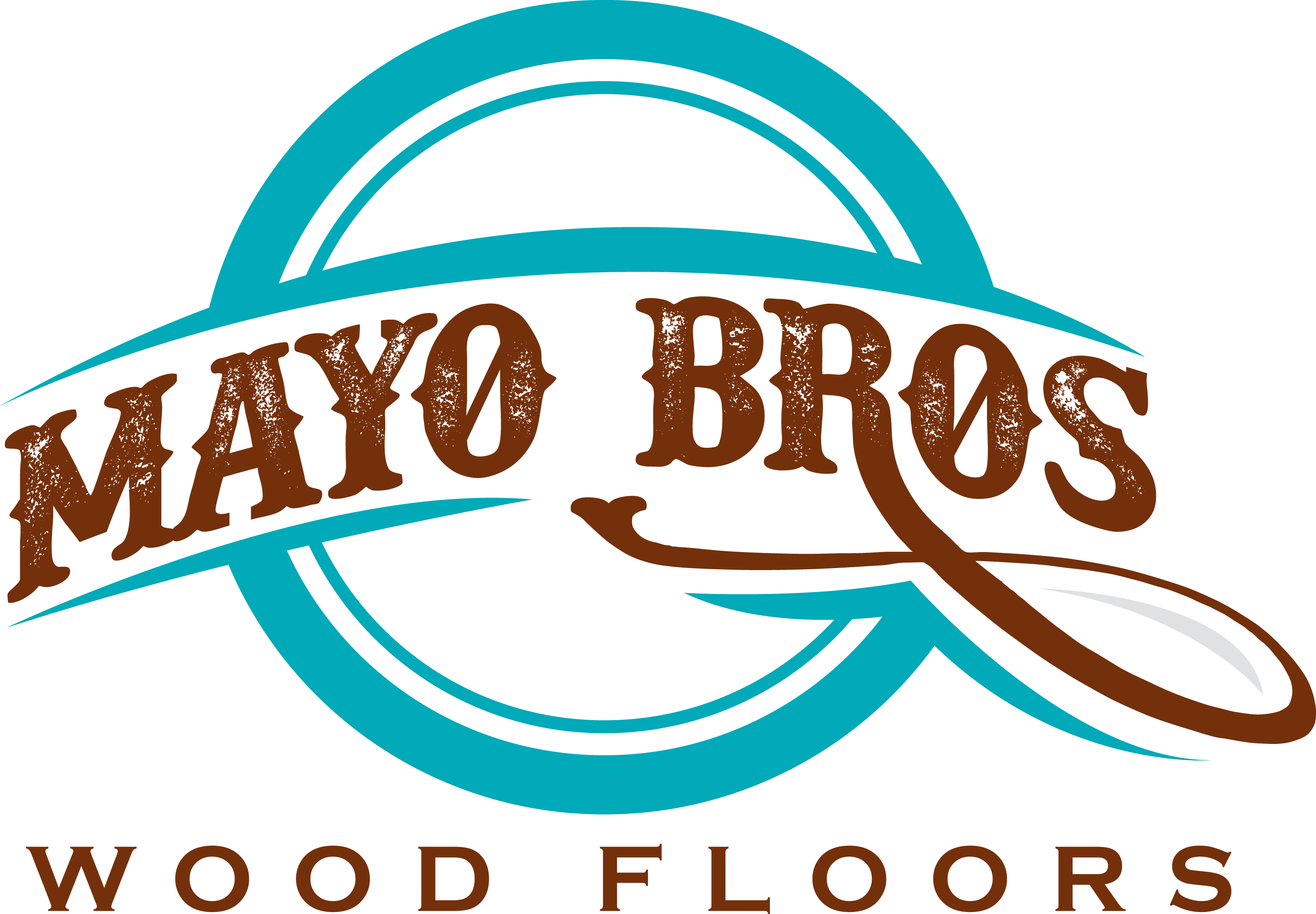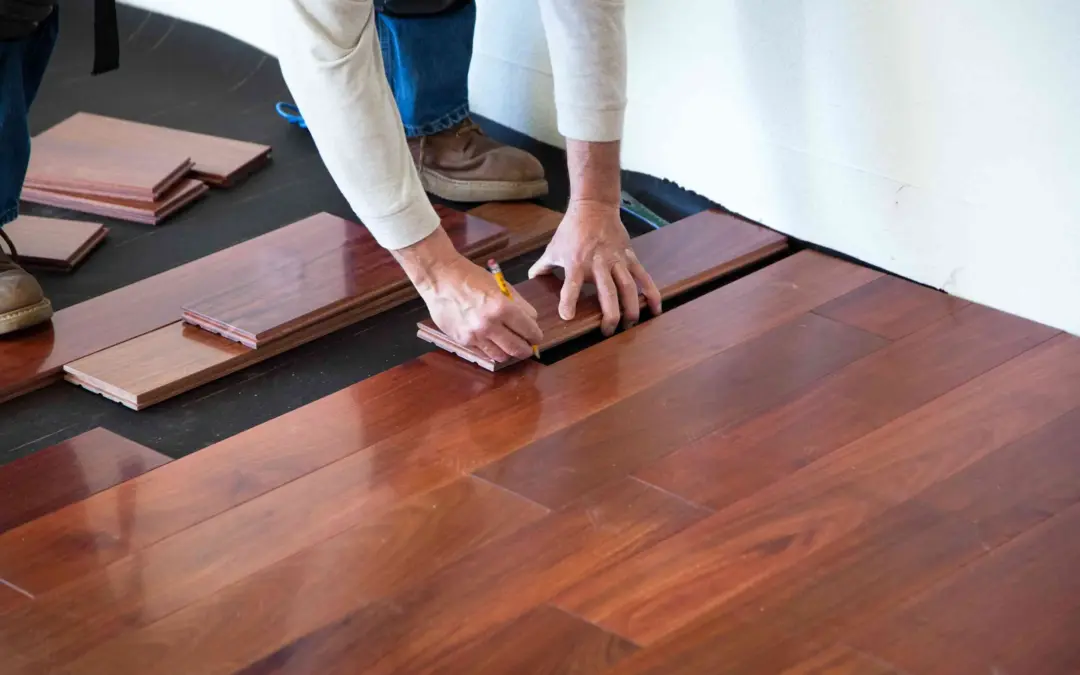Are you considering a home renovation or planning to build a new house? One of the key decisions you’ll have to make is choosing the right flooring material. Flooring not only contributes to the aesthetics of your home but also plays a vital role in its overall functionality and value. In this article, we will explore the cost comparison between wood flooring and tile, two popular options for homeowners. So, let’s dive in and find out if wood flooring is cheaper than tile.
1. Introduction
When it comes to choosing the right flooring material, cost is an important factor to consider. Wood flooring and tile are both widely used options that offer unique characteristics and appeal. Understanding the cost implications of each can help you make an informed decision that aligns with your budget and preferences.
2. Wood Flooring: Pros and Cons
Wood flooring, known for its natural beauty and timeless elegance, has been a popular choice for centuries. Let’s take a look at some of its advantages and disadvantages:
2.1 Pros of Wood Flooring
- Warm and inviting aesthetic
- Durable and long-lasting
- Can be refinished multiple times
- Adds value to your home
- Provides excellent insulation
2.2 Cons of Wood Flooring
- Prone to scratches and dents
- Requires regular maintenance
- Susceptible to water damage
- Higher initial cost compared to some flooring options
3. Tile Flooring: Pros and Cons
Tile flooring, available in a wide range of materials such as ceramic, porcelain, and natural stone, offers its own set of benefits and drawbacks. Let’s explore them:
3.1 Pros of Tile Flooring
- Versatile and available in various styles
- Highly durable and resistant to wear
- Water-resistant and suitable for humid areas
- Low maintenance
- Can be an excellent option for allergy sufferers
3.2 Cons of Tile Flooring
- Cold surface, especially in winter
- Hard underfoot, which may cause discomfort
- Difficult to repair if a tile gets damaged
- Grout lines require regular cleaning and maintenance
4. Cost Comparison: Wood Flooring vs. Tile
Now let’s address the burning question: Is wood flooring cheaper than tile? The answer to this question depends on various factors such as the type of wood or tile, quality, installation method, and geographical location. Generally, wood flooring tends to have a higher upfront cost compared to tile. However, it’s essential to consider the long-term costs and benefits as well.
5. Factors Affecting the Cost
To better understand the cost implications, let’s take a look at the factors that can influence the overall expense of wood flooring and tile:
5.1 Material Cost
The cost of wood flooring depends on the type of wood species you choose. Exotic hardwoods such as Brazilian Cherry or Mahogany are generally more expensive than domestic options like Oak or Maple. On the other hand, tile prices vary based on the material, with natural stone tiles usually being more costly than ceramic or porcelain.
5.2 Installation Cost
Installation costs for wood flooring and tile can vary significantly. Wood flooring often requires professional installation, adding to the overall cost. Tile installation, especially for complex patterns or intricate designs, may also require experienced installers. It’s important to obtain quotes from multiple contractors to ensure you get the best value for your money.
5.3 Maintenance and Repair Cost
Wood flooring may require periodic refinishing to maintain its appearance, which can incur additional expenses. Tile flooring, while generally low maintenance, may require occasional regrouting or replacement of cracked tiles. Considering the long-term maintenance and repair costs is crucial when assessing the overall affordability of each flooring option.
6. Long-Term Considerations
When comparing the cost of wood flooring and tile, it’s essential to consider their respective lifespans. Wood flooring, when properly maintained, can last for decades and even centuries in some cases. Tile flooring is also highly durable and can withstand heavy foot traffic. Evaluating the longevity of each option can help you gauge their long-term value and potential cost savings.
7. Conclusion
In conclusion, the cost comparison between wood flooring and tile is not straightforward. While wood flooring generally has a higher upfront cost, it offers a timeless aesthetic and can add significant value to your home. On the other hand, tile flooring, though initially more affordable, may require less maintenance and provide excellent durability. Ultimately, the choice between wood flooring and tile should be based on your budget, personal preference, and the specific needs of your space.
8. FAQs
FAQ 1: Is wood flooring more expensive than tile?
Wood flooring typically has a higher upfront cost compared to tile. However, it’s important to consider long-term costs and benefits before making a decision.
FAQ 2: Which is more durable, wood flooring or tile?
Both wood flooring and tile are highly durable options. Wood flooring can last for decades, while tile flooring can withstand heavy foot traffic and is resistant to wear.
FAQ 3: Do I need professional installation for wood flooring and tile?
Wood flooring often requires professional installation, while tile installation can be done DIY or by hiring professionals depending on the complexity of the project.
FAQ 4: Can wood flooring be installed in moisture-prone areas like bathrooms?
Solid wood flooring is generally not recommended for moisture-prone areas. However, engineered wood flooring or certain types of tile can be suitable for bathrooms.
FAQ 5: How can I maintain wood flooring and tile?
Wood flooring may require periodic refinishing and routine maintenance, such as cleaning with appropriate products. Tile flooring needs regular cleaning, and grout lines may require occasional regrouting.

